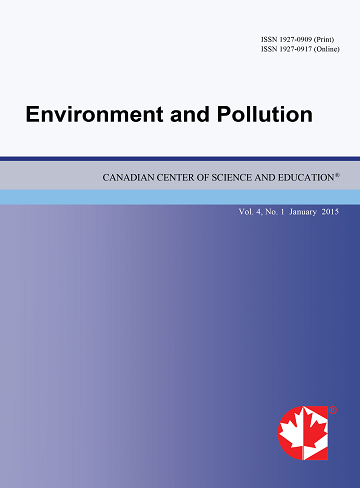Effects of Land Use, Soil Depth and Topography on Soil Physicochemical Properties along the Toposequence at the Wadla Delanta Massif, Northcentral Highlands of Ethiopia
- Nahusenay Abate
- Kibebew Kibret
Abstract
The study was conducted to investigate the effects of land use, depth and topography on soil physicochemical properties at the Wadla Delanta Massif, northcentral Ethiopia. Four land uses (natural forest, shrub, grazing and cultivated land), three soil depths (0-20, 20-40, 40-60 cm) and three topographic positions (upper, middle and lower) in three replications were considered for this study. A total of 108 composite samples were collected for laboratory analysis. The results show that particle size distribution was affected by the main effects of land use and soil depth; bulk and particle densities, total porosity, organic matter and total nitrogen contents, C:N ratio and available phosphorus were significantly affected by the interaction of land use by soil depth only, whereas, soil pH, electrical conductivity, exchangeable bases, cation exchange capacity, percent base saturation and extractable micronutrients were affected by the interaction effects of the three factors. Highest clay and bulk density were recorded at the bottom layer of the cultivated land soils, while the utmost porosity, organic matter and nitrogen contents, and available phosphorus were recorded at the surface layers of the natural forest land soils. Highest pH was at the bottom layer of the cultivated land at the three topographic positions. Highest exchangeable bases and cation exchange capacity were observed in the bottom layers of soils under the four land use types at the lower topographic position, whilst extractable micronutrients were recorded at the surface layers of the forest land soils at the upper topographic position. In general, most of the measured soil properties were measured better in forest than in other land use soils and the lower topographic positions than the upper and middle ones. Interaction of land use with topography showed negative effects especially on cultivated and grazing land soils in all topographic positions. Therefore, integrated soil fertility management and soil conservation measures are required in all topographic positions to maintain soil physicochemical properties.
 PDF
PDF
